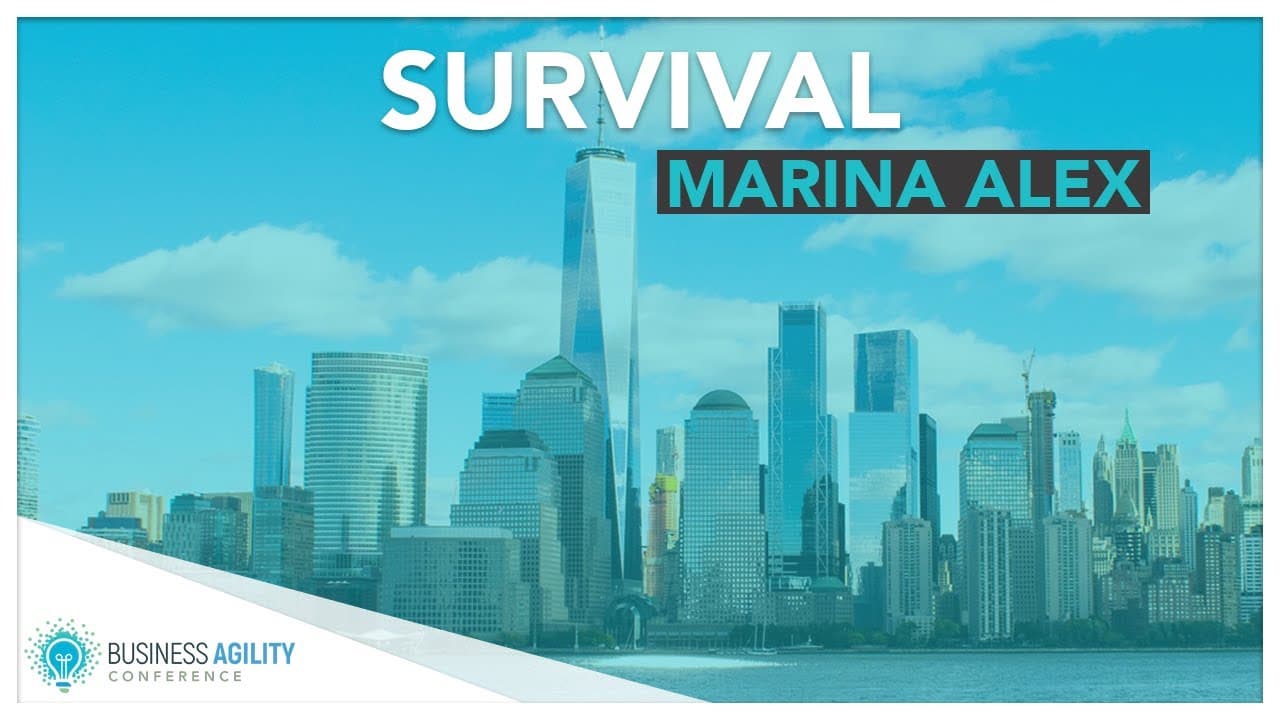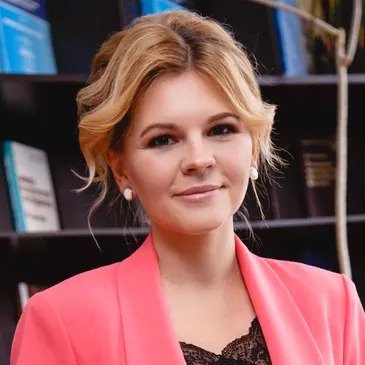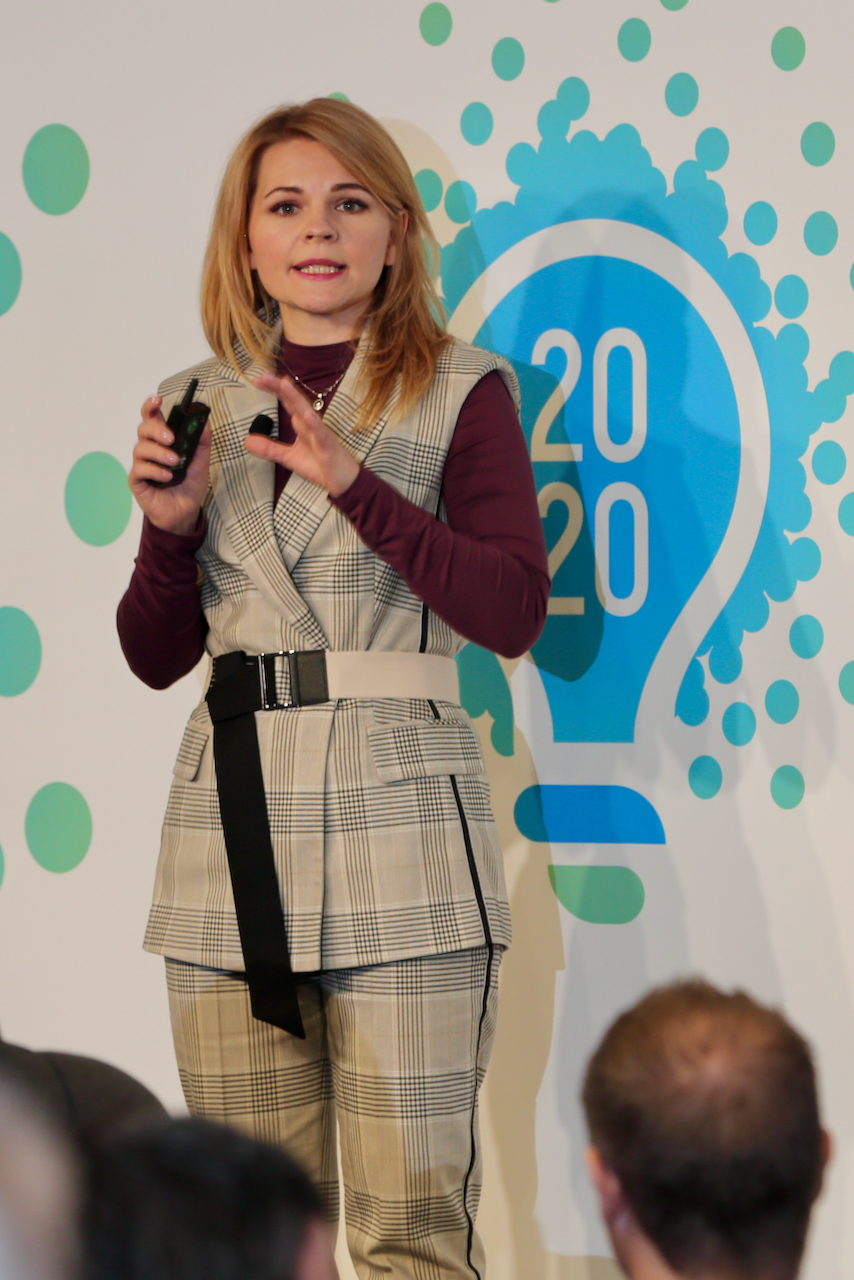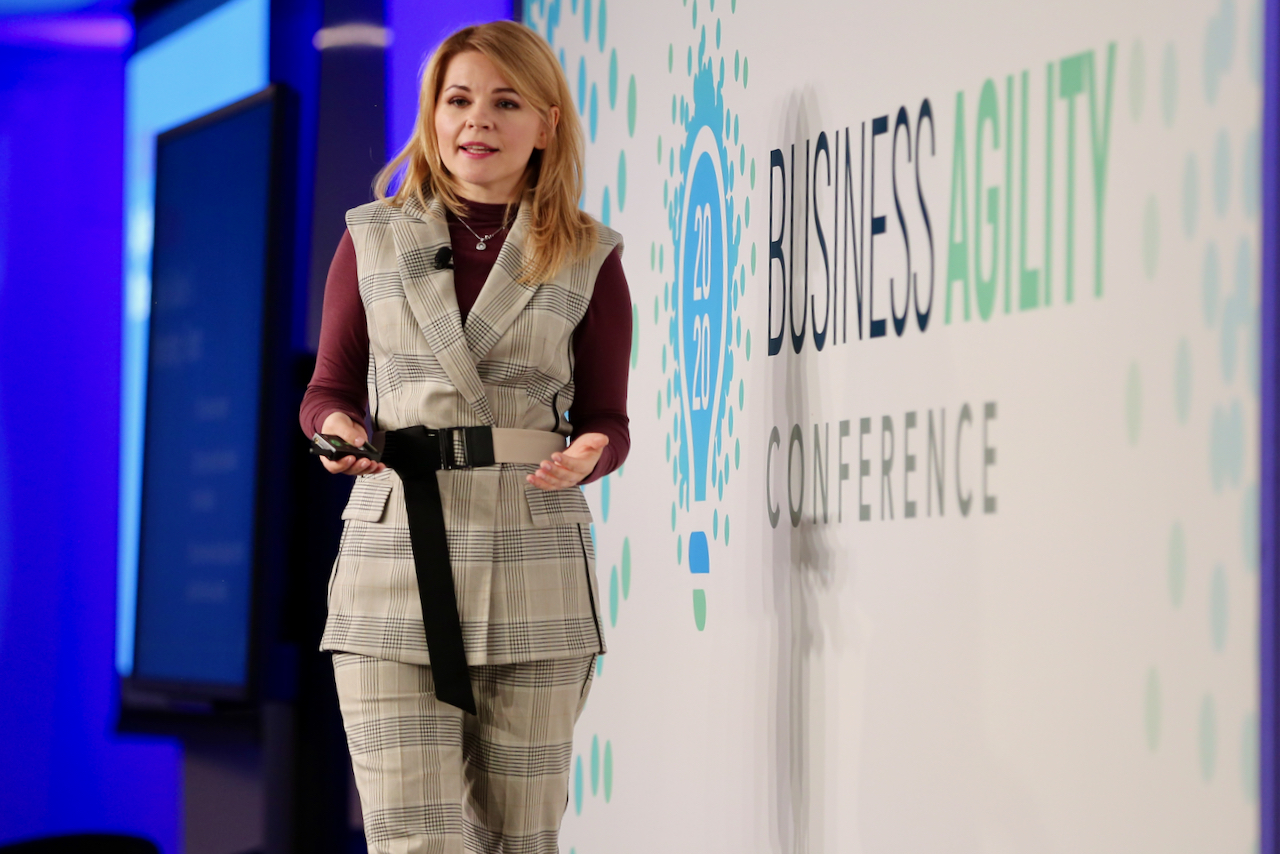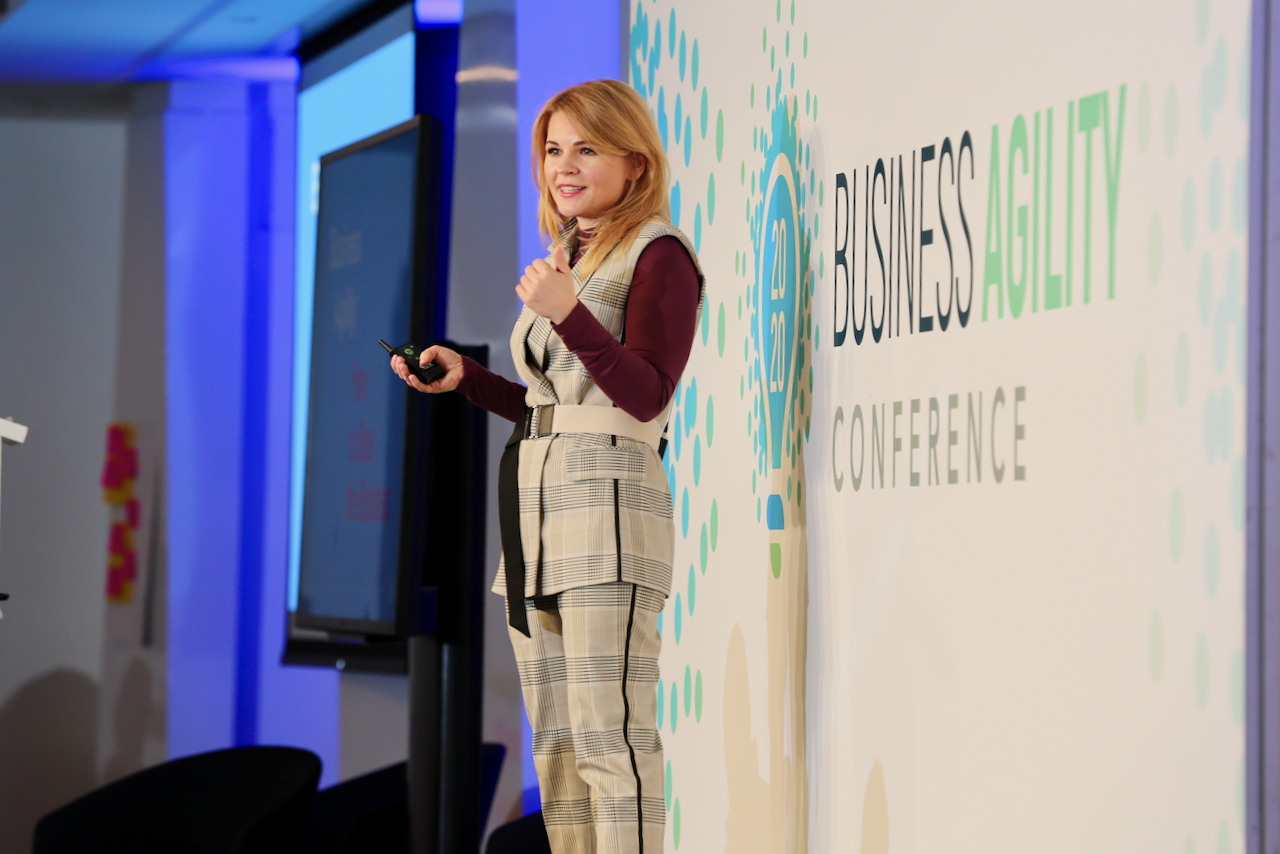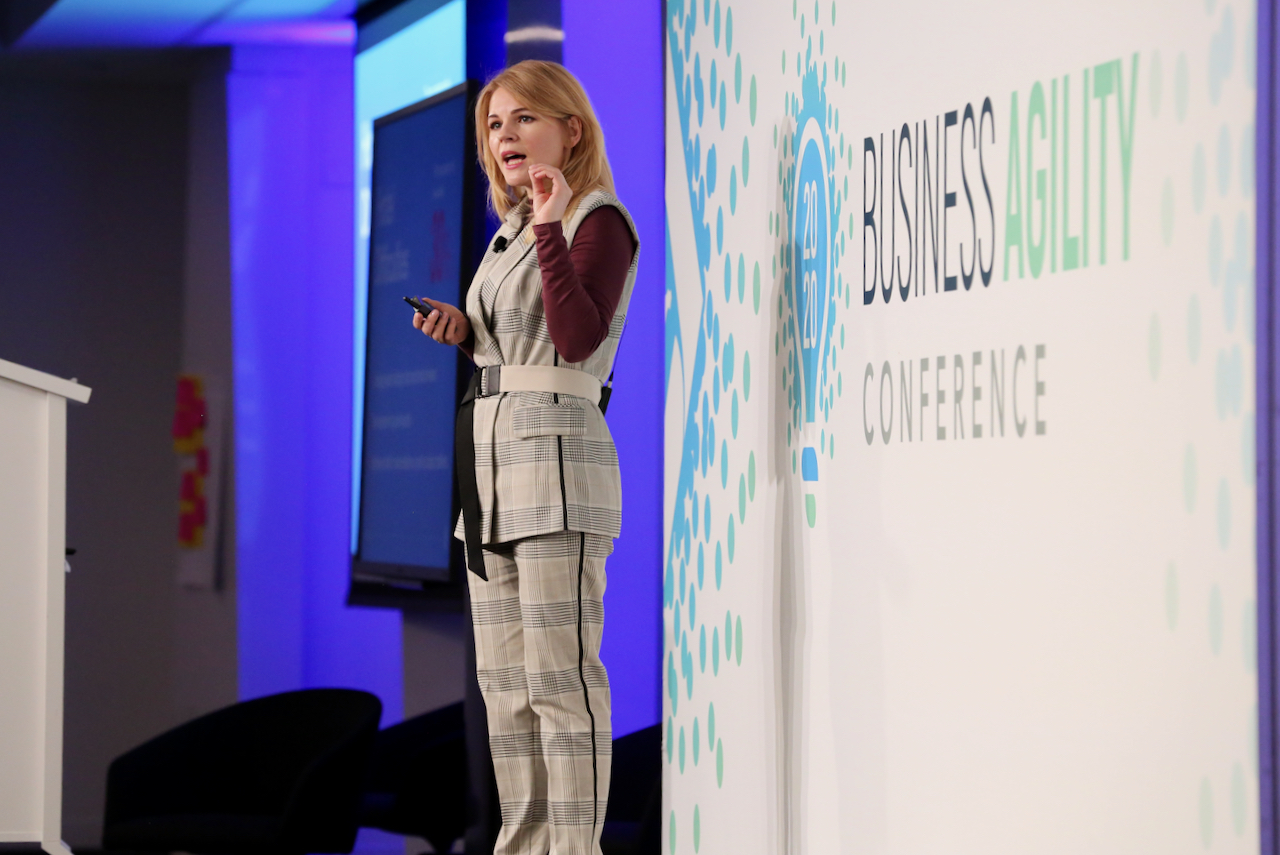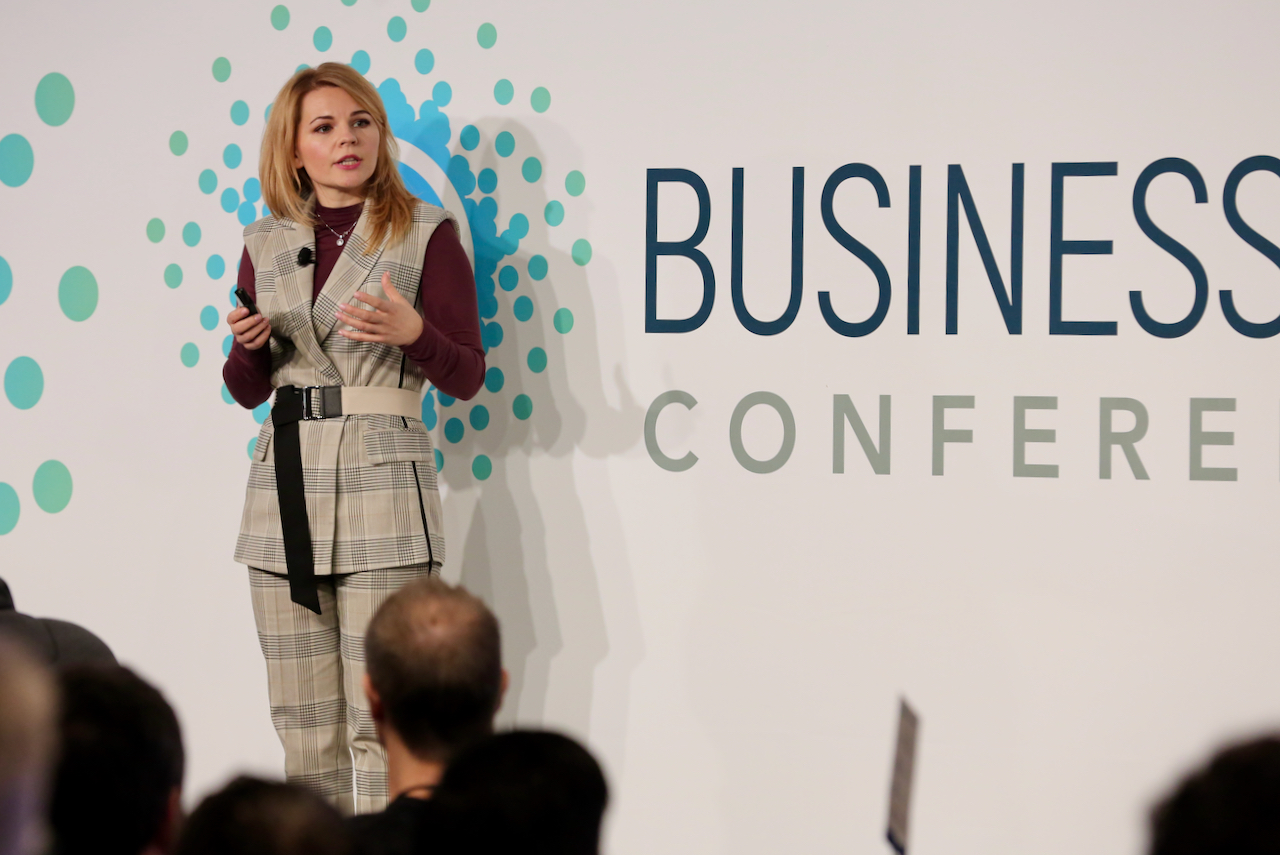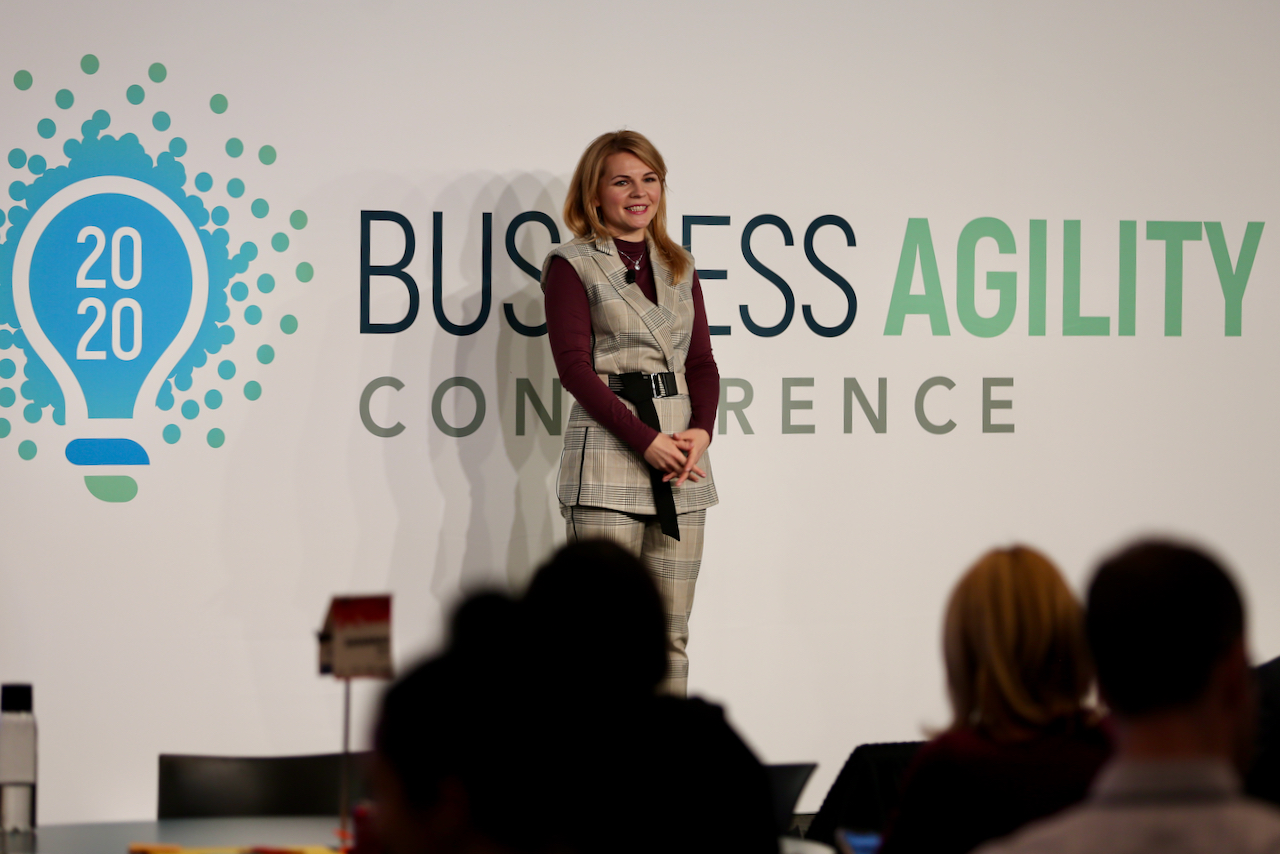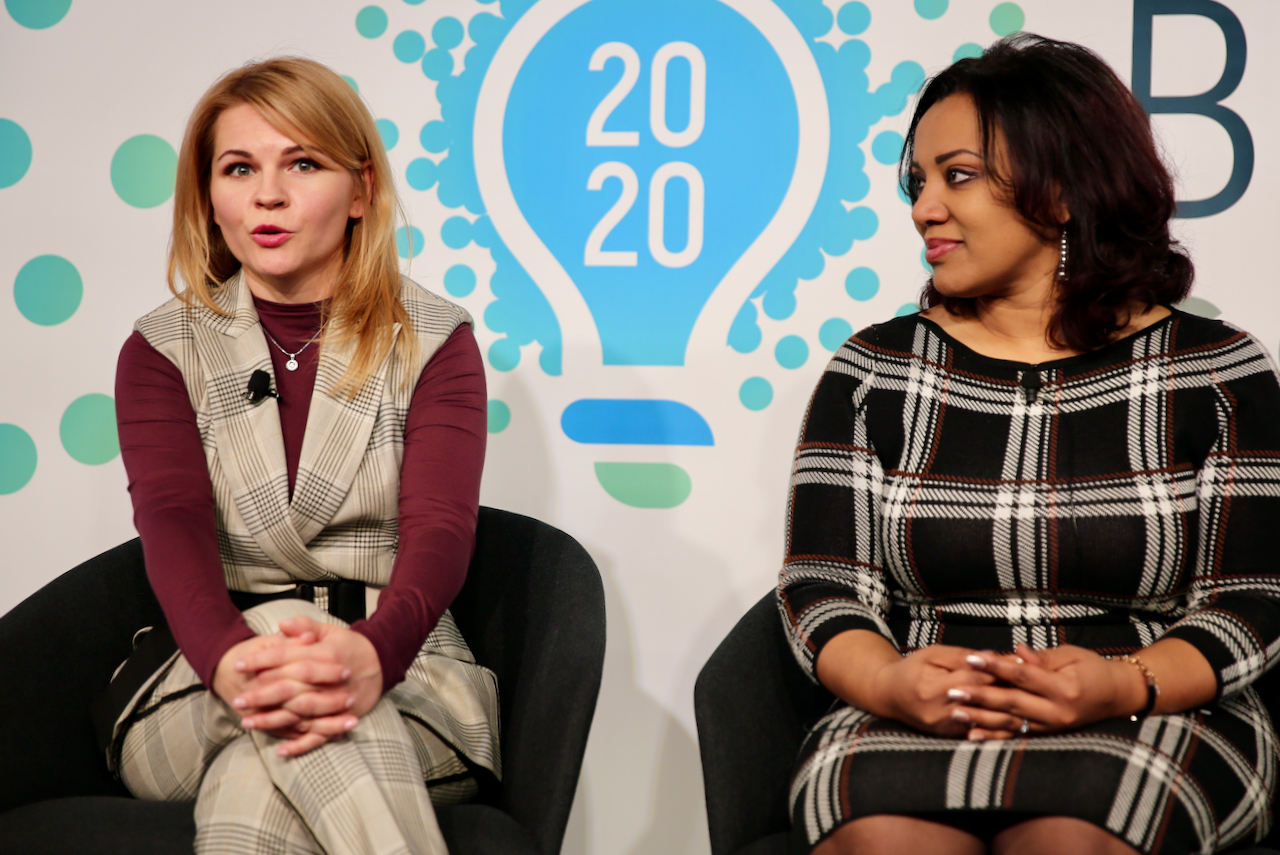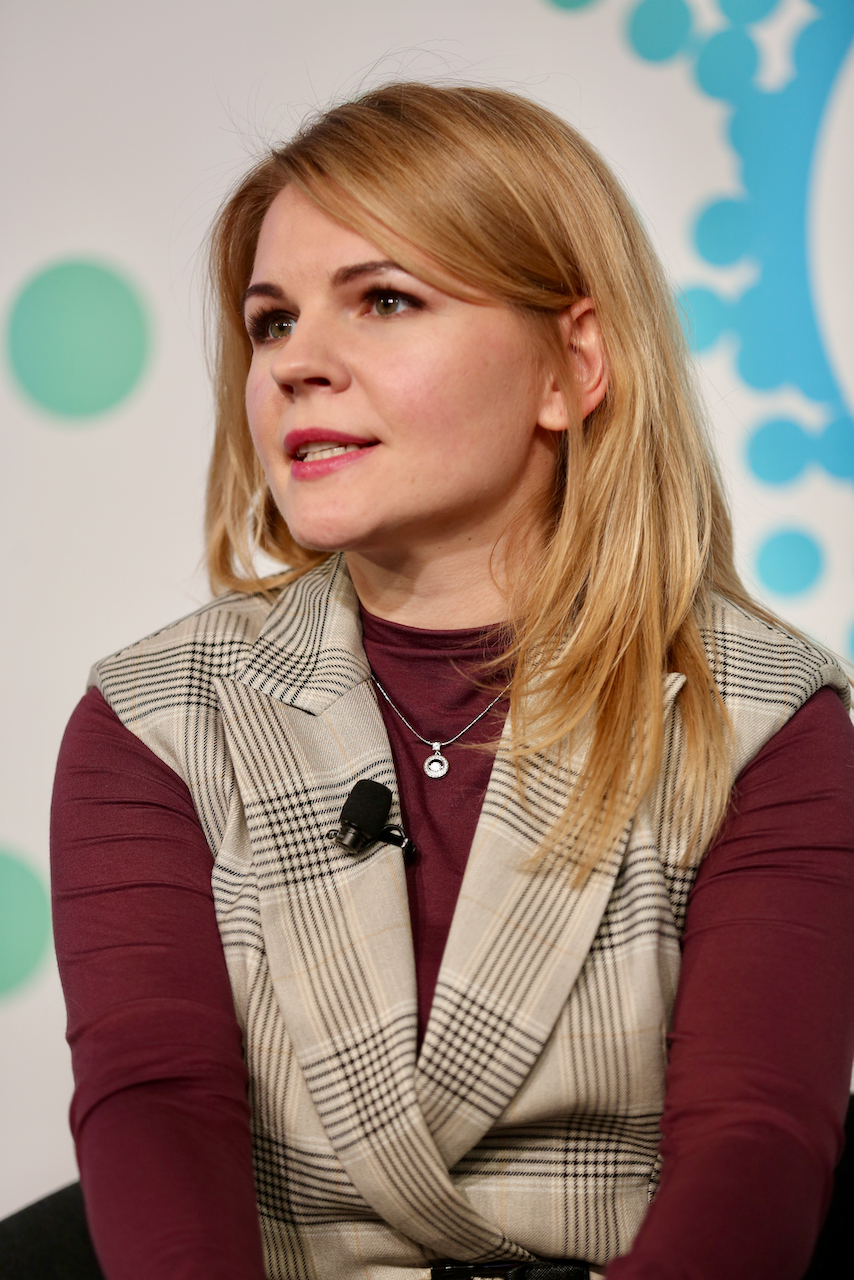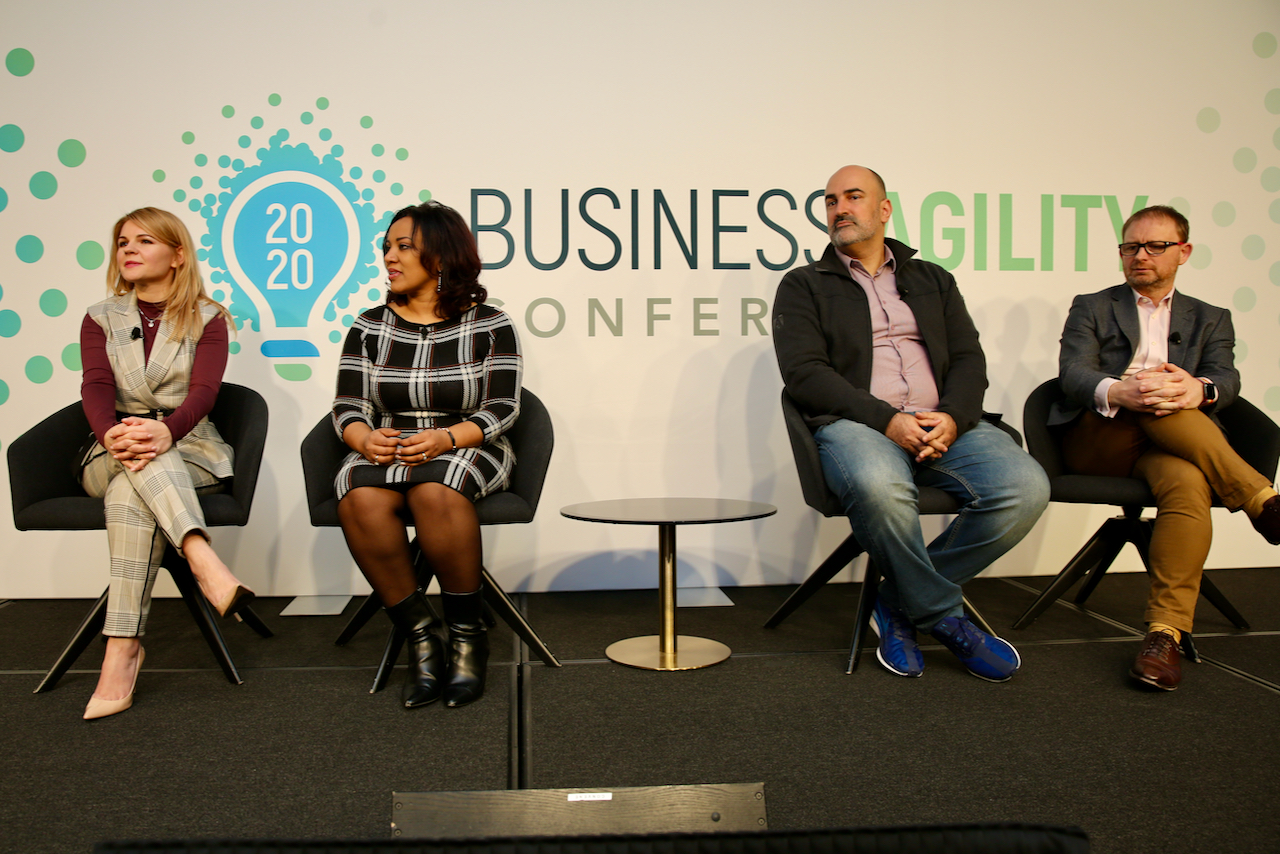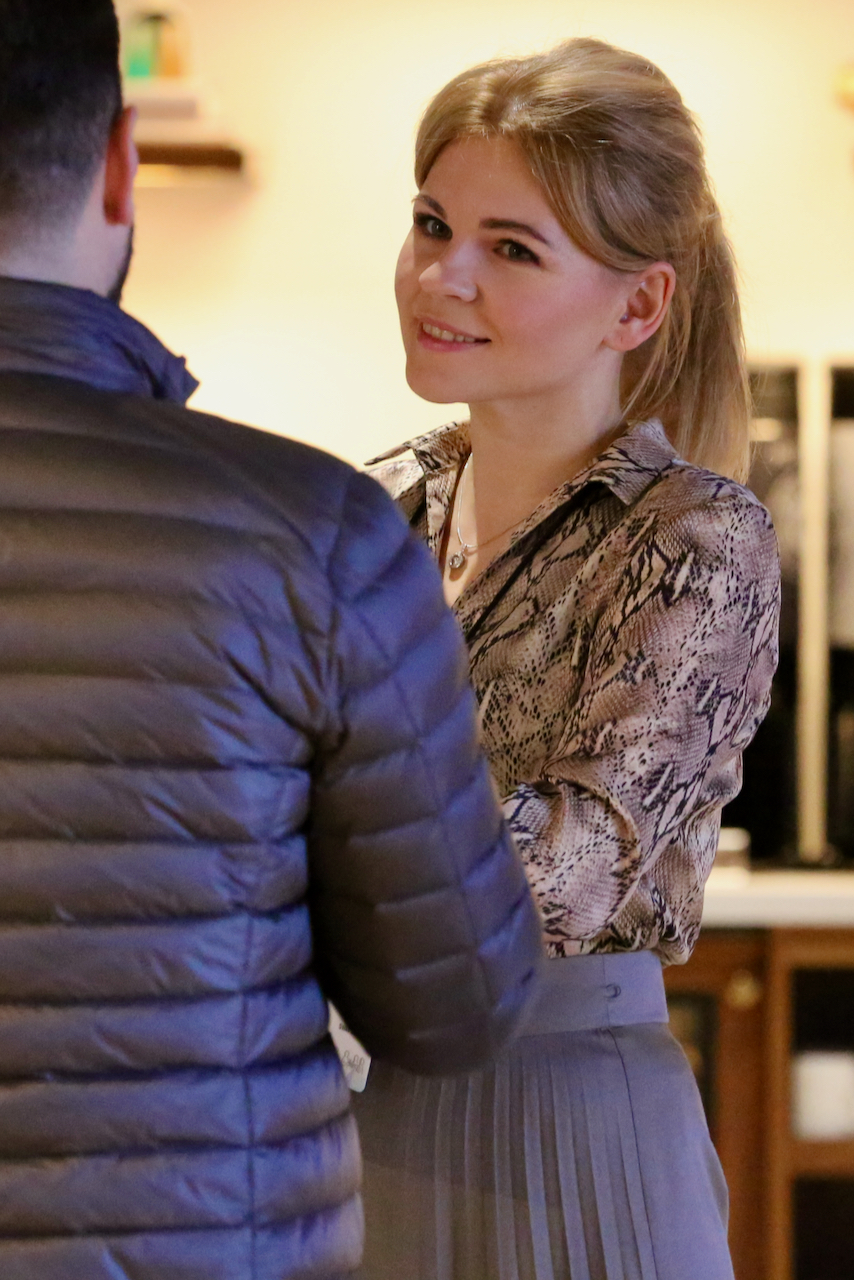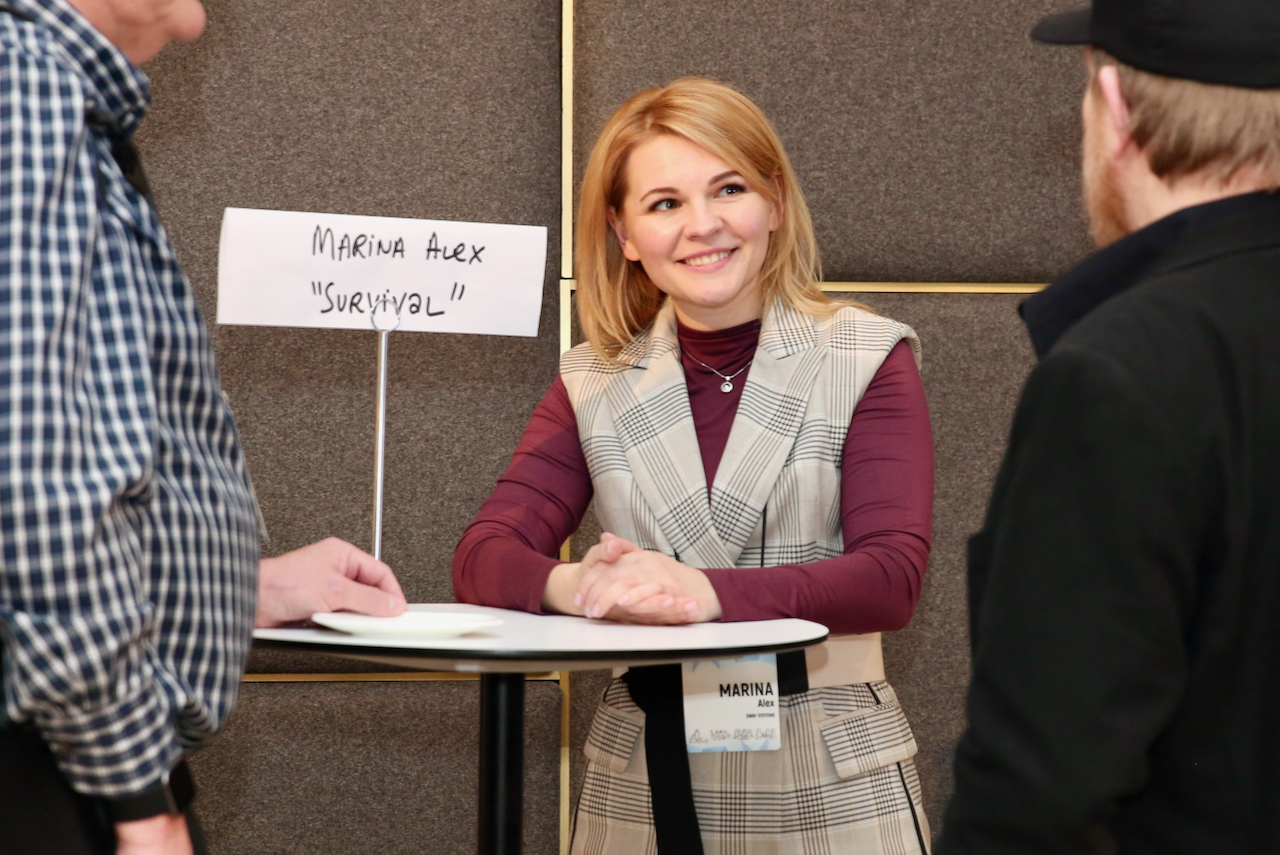First of all, I would love to say thank you to the Business Agility Institute for this conference. This conference changed my life three years ago when I came here from Russia. It was a long journey—I didn’t speak English at all—but I found a great community here. Over the last three years, this community has supported me, and I know that this year it was difficult to run the conference, but you did it. We are here today, and we have this opportunity to speak with each other. Thank you very much.
A little about me: for the last six years, I have helped with agile transformation in different companies around the world. I specialize in agility in sales and agility for top managers. Today, I am going to share a story about a hotel in Crimea and its journey through business agility.
The Hotel’s Crisis
About a year ago, my son and I decided to visit Crimea for a short vacation. When we arrived at this hotel, I noticed an interesting culture. Culture is difficult to measure, but when you are inside, you can see it in the employees’ eyes—you can feel it. It intrigued me, so I decided to have a conversation with the head of the hotel. We spent about two hours together, and he told me the story of the hotel.
In 2014, due to the conflict between Russia and Ukraine, the business landscape in the area changed dramatically. Ukrainian tourists stopped coming, and Russian tourists were unaware of the location. As a result, the hotel suffered a loss of over $1 million during the winter season. The shareholders decided to close the hotel, fire all employees, and reopen in the next tourist season with a new staff.
However, the head of the hotel realized that if they closed, he would lose the team he had built over the last 20 years. He asked for one last chance to change the situation. This was the beginning of their transformation.
Rebuilding with a New Philosophy
The hotel had always been focused on family vacations. They provided everything needed for families with children, from strollers to baby monitors. They had spaces for children of all ages, including Montessori rooms, interactive game areas, and even an amusement park on the hotel grounds. A round-the-clock kindergarten was available, and babysitters were provided for children under three years old.
Despite this, there were serious problems:
- The organizational structure was rigid, making decision-making slow.
- Employees were afraid to take initiative or responsibility.
- Customer service was inconsistent, and guest feedback highlighted poor cleaning standards.
The hotel needed agility—it needed flexibility, empowerment, and responsiveness. The goal was to create a "wow" effect for guests while making internal processes smoother.
Applying Business Agility
After I returned to Moscow, the hotel’s manager called me. He had seen my Facebook posts about business agility and believed it could help save the hotel. Together, we started the agile transformation with three pilot teams:
1. Sales and Marketing Team
The hotel was nearly empty, making sales the top priority. However, there was also a major communication problem between sales and marketing. Sales blamed marketing for providing bad leads, while marketing insisted the leads were good and sales simply failed to convert them.
Additionally, neither team engaged with guests. They had no real understanding of their customers, which was critical now that previous sales channels (such as Booking.com) were no longer working.
We created one team, using one-week sprints. They held common planning sessions, weekly demos to showcase results, and retrospectives to generate new ideas. They tested hundreds of hypotheses to find ways to attract new guests. More than 150 improvements were made in the sales process.
2. Housekeeping Team
Guest feedback indicated poor cleaning standards. Additionally, when we mapped the customer journey, we realized that housekeepers interacted with guests frequently—more than anyone else in the hotel.
We created cross-functional teams of housekeepers, introducing one-week sprints, planning sessions, retrospectives, and demos. At first, the housekeepers were surprised that top managers were interested in their ideas. Previously, they saw their job as simply cleaning, not contributing ideas. But once they saw their suggestions being implemented, their engagement skyrocketed.
Some of their ideas included:
- Becoming involved in sales by learning about hotel services and upselling to guests.
- Eliminating plastic waste, which saved the hotel more than $15,000 per month.
Every week, new ideas emerged, and the team embraced their new role in improving the hotel’s operations.
3. Top Management Team
We created two leadership teams that met daily for planning and weekly for demos. Each week, they stood in front of employees and presented their results. At the end of each sprint, they proposed new hypotheses to test, focusing on customer needs and rapid decision-making.
Collaboration increased significantly. Leaders started working together daily, supporting each other, and focusing on understanding and meeting customer expectations.
Challenges in Transformation
The transformation wasn’t easy. Some key challenges included:
Employee Resistance
Not everyone was ready for the new culture. Within the first three months, the hotel lost more than 40% of its employees, with over 50% of housekeepers leaving in the first month. Many didn’t want to take responsibility or participate in improvements, saying, "I just came here to clean." HR faced a tough challenge in finding new employees who shared agile values.
Initial Business Decline
Sales targets dropped after the transformation began. It was a tough period, but the team knew they had to push through. Experimentation and rapid iteration were necessary for survival.
Business Results
After seven months, the results were impressive:
- The hotel not only survived but thrived—so much so that top managers doubled the profit target for the next year.
- Sales increased by more than 100%, and bookings were secured for the next three months.
- More than 400 new ideas were implemented across the organization.
- The hotel introduced a new system where employees could submit ideas through a CRM system without needing management approval.
- Leadership decided to expand, buying new hotels in Crimea based on their success.
Final Thoughts
At the start of this transformation, shareholders didn’t believe it was possible. But when they saw the numbers, they became convinced. Now, they are working on a model to bring business agility to hotels worldwide.
The key takeaway from this case study is that when employees are given the freedom to make decisions, they take ownership, innovate, and drive success. Whether it’s housekeepers, salespeople, or top managers, empowering teams leads to remarkable outcomes.
Thank you very much.

